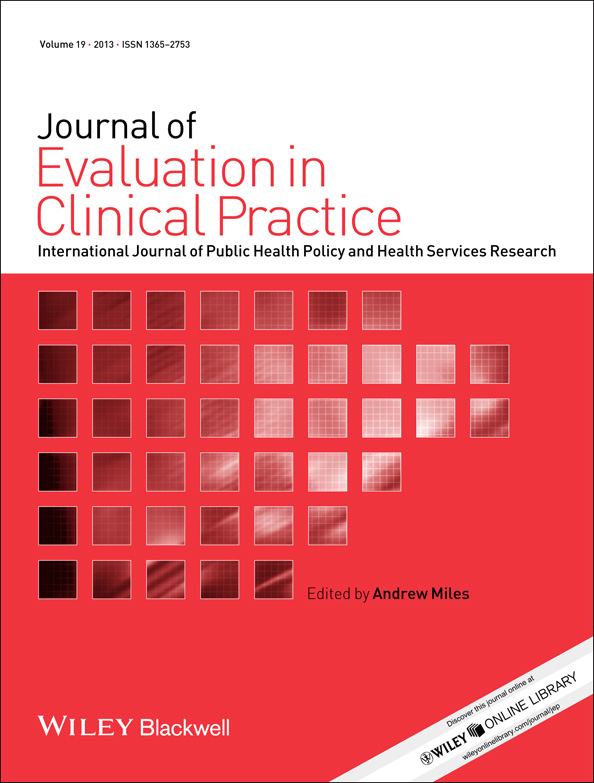The usefulness of lean six sigma to the development of a clinical pathway for hip fractures
Abstract
Aims and objectives
The objective of this study was to show the usefulness of lean six sigma (LSS) for the development of a multidisciplinary clinical pathway.
Methods
A single centre, both retrospective and prospective, non-randomized controlled study design was used to identify the variables of a prolonged length of stay (LOS) for hip fractures in the elderly and to measure the effect of the process improvements – with the aim of improving efficiency of care and reducing the LOS.
Results
The project identified several variables influencing LOS, and interventions were designed to improve the process of care. Significant results were achieved by reducing both the average LOS by 4.2 days (−31%) and the average duration of surgery by 57 minutes (−36%). The average LOS of patients discharged to a nursing home reduced by 4.4 days.
Conclusion
The findings of this study show a successful application of LSS methodology within the development of a clinical pathway. Further research is needed to explore the effect of the use of LSS methodology at clinical outcome and quality of life.




